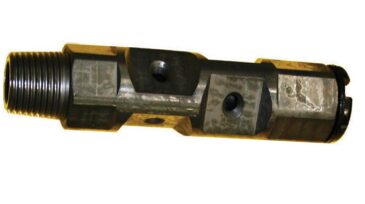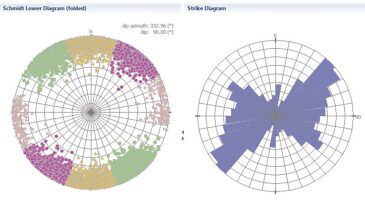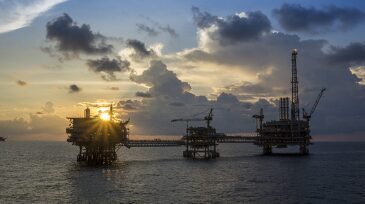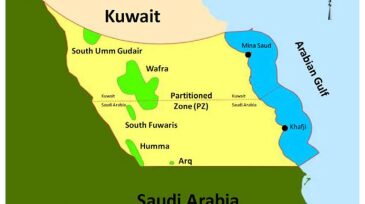carbonates
-
The complete paper discusses an advanced matrix-stimulation work flow that brings reliability and flexibility to the acidizing of tight carbonate water injectors and has delivered injectivity improvements tight carbonate onshore reservoirs in the Middle East.
-
The fourth industrial revolution is taking the oil and gas business by storm. Many companies have increased resources for big-data analytics and machine learning. Though no one sees physical oilfield services as in decline, development in these areas may take a back seat to artificial intelligence.
-
This paper covers the staged field-development methodology, including analysis and evaluation of various development concepts, that enabled the company to optimize both completion design and artificial-lift selection, reducing downtime and lowering operating costs by nearly 50%.
-
This paper describes interpretation results of a 4D seismic-monitoring program in a challenging Middle East carbonate reservoir.
-
A high-carbon-dioxide (CO2) carbonate gas field offshore Sarawak, Malaysia, is scheduled for development. Reservoirs in this region have an average clay content of 8%; more than 50% of this clay content is migratory illite, and 15% is migratory kaolinite.
-
The First Eocene is a multibillion-barrel heavy-oil carbonate reservoir in the Wafra field, located in the Partitioned Zone between Saudi Arabia and Kuwait. After more than 60 years of primary production, expected recovery is low and provides a good target for enhanced-oil-recovery processes.
-
This paper provides a robust methodology for miscible CO2 WAG experimental-data acquisition and history matching.
-
To the best of the authors’ knowledge, this is the first surface-complexation-based model that describes fully ionic compositional dependence observed in ionically treated waterfloods in both sandstones and carbonates.
-
This paper proposes a new method of economic prediction on the basis of expert library and oilfield databases. The method takes into account geological factors and the effect of production factors on the economic prediction.
-
The objective of this paper is to illustrate a methodology for identifying the value of information (VOI) in reservoir management—in particular, for deriving the conditional probabilities of success when new and imperfect data are acquired.










